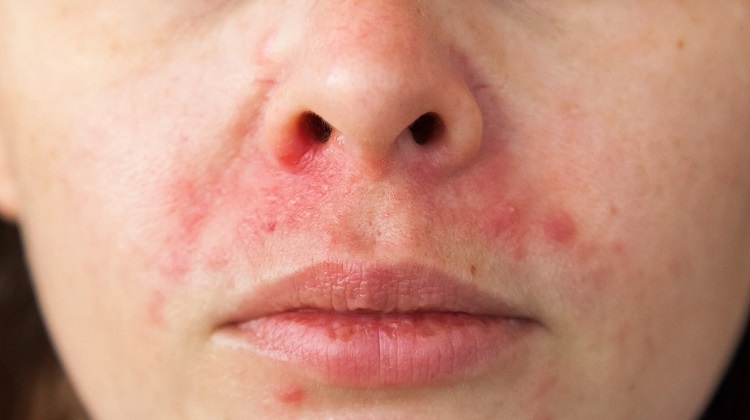Contact dermatitis is a skin condition caused by contact with irritants or allergens. It can affect anyone at any age and can occur on any part of the body. Read on to familiarize yourself about contact dermatitis, including its causes, symptoms, and treatment.
Causes
Contact dermatitis occurs when the skin comes into contact with an irritant or allergen. Irritants are substances that can damage or inflame the skin, such as chemicals, soaps, detergents, and solvents. Allergens are substances that trigger an allergic reaction, such as metals, latex, fragrances, and certain plants. To get treatment for this skin condition you should refer to a Dermatologist in Rawalpindi.
Symptoms
The symptoms of contact dermatitis can vary depending on the cause and severity of the reaction. Common symptoms include:
- Redness and inflammation
- Itching and burning sensation
- Swelling and blisters
- Dry, cracked, or scaly skin
- Pain or discomfort
In some cases, contact dermatitis can lead to secondary infections, such as bacterial or fungal infections, which can further worsen the symptoms.
Diagnosis
To diagnose contact dermatitis, a doctor will perform a physical examination and ask about the patient’s medical history and recent exposure to irritants or allergens. They may also perform a patch test, which involves applying small amounts of suspected irritants or allergens to the skin to see if a reaction occurs. Blood tests may also be done to rule out other possible causes of the symptoms.
Treatment
The treatment of contact dermatitis depends on the severity and cause of the reaction. In mild cases, simply avoiding the irritant or allergen may be enough to relieve the symptoms. However, in more severe cases, treatment may be needed to manage the symptoms and prevent complications.
- Topical Treatments: Topical treatments, such as corticosteroids, antihistamines, and emollients, can help relieve the symptoms of contact dermatitis. Corticosteroids are often prescribed to reduce inflammation and itching, while antihistamines can help reduce itching and swelling. Emollients can help soothe and hydrate dry or cracked skin.
- Wet Dressings: Wet dressings, which involve applying a damp bandage to the affected area, can help soothe itching and reduce inflammation. They are often used in more severe cases of contact dermatitis.
- Phototherapy: Phototherapy, which involves exposing the skin to UV light, can help reduce inflammation and itching in some cases of contact dermatitis.
Prevention
The best way to prevent contact dermatitis is to avoid exposure to irritants and allergens. This can be done by:
- Wearing protective clothing and gloves when handling chemicals or other irritants
- Using mild soaps and detergents
- Avoiding fragrances and other potential allergens in personal care products
- Avoiding contact with known irritants and allergens, such as poison ivy or nickel
Conclusion
Contact dermatitis is a common skin condition caused by exposure to irritants or allergens. It can cause a range of symptoms, including redness, itching, and blisters. For further help please visit the Best Dermatologist in Lahore.



